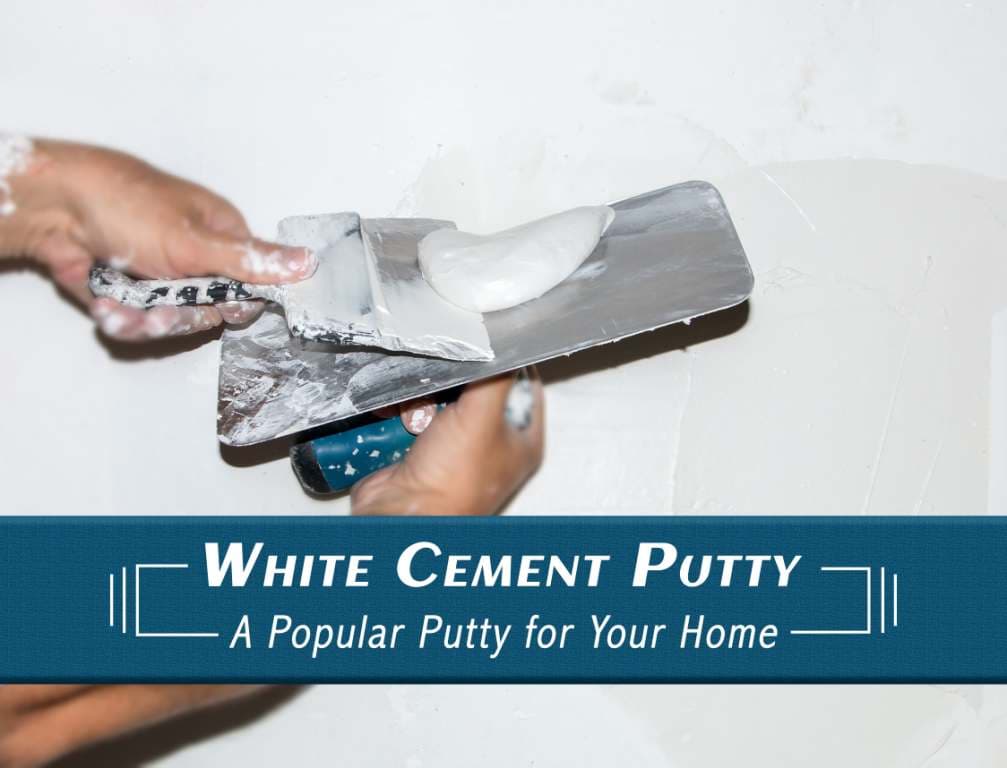
White Cement Wall Putty
The role of wall putty is to make a protective layer for paint. White Cement wall putty is very well known for interior walls as well as exterior walls. It is white cement based fine powder which provides ideal finishing for concrete/ cement plastered walls and ceilings. It fills blemishes, dents and holes on masonry surface and patches up surface finishing.
Composition:
- White Cement wall putty is made by using an ideal combination of White cement, minerals and Polymer.
Features:
- It is in dry powder form and does not produce any kind of unpleasant smell at the time of application.
- It is cementitious material and hence it has better adhesiveness and durability.
- It does not require any curing after application.
- It is water resistant and can be applied on a moist surface.
- It gives smooth and glossy finish surface which effectively reduces the consumption of paints.
- It can be applied on both interior and exterior purpose.
- It prevents the growth of algae and fungi on walls.
- It protects the paint from flaking, dampening and peeling off.
- It is ultimately economical than another conventional wall putty.
- It can be applied for all kind of surface such as new surfaces, old painted surfaces, very rough surfaces, Plaster showing sign of efflorescence etc.
- Any kind of paint can be applied over it.
Finish:
- Smooth and glossy finish
Shade of Putty:
- White
Drying Time:
- The hard drying time for cement based wall putty is 6 to 8 hours depending on the weather conditions.
Coverage:
- The covering capacity is 10 to 15 sq. ft/Kg/ 2 Coats. i.e. 1 to 1.5 sqmt/Kg/2 Coats.
- It depends on porosity and texture of the surface and also on yhe manufacturer.
Packs Available in Market:
- Available in the 5 Kg, 10 Kg, 20 Kg, 40 Kg in HDPE bags and 1 Kg packets.
Precautions:
- Store the container in well ambient condition, ventilated locations and away from the source of ignition and fire.
- Use safety equipment like rubber or polyethene gloves/glasses and face mask. It is recommended to wear suitable nose pad during sanding and surface preparation to avoid dust inhalation.

- Always apply putty by using a putty knife.
- Extreme care should be taken for proper and thorough mixing. It should be preferably mixed with a mechanical stirrer in order to remove air and lumps to get the best result.
- It is very important that required amount of water should be added incrementally into putty. Never add putty in water.
- Keep the product out of reach of children.
- Always keep the contents tightly tied and closed and keep in a dry place when not in use.
- Once the putty paste has hardened, it shall not be used by adding water.
- In case of contact with eyes, rinse immediately with plenty of water and seek medical advice.
- Do not pour leftover paint down the drains or in water courses.
































